Food Storage Temperature Storing perishable foods at the right temperatures in your refrigerator and freezer can prevent the growth of bacteria Plus by cooking your food well you can kill the most harmful
Temperature controls are important because they help food safely pass through or keep food out of the danger zone altogether Sources globally recognize that the temperature danger zone for food is between 40 F to 140 F 4 C to 60 C Most fresh foods must be stored in the refrigerator to delay their deterioration and decomposition The most basic rule must be always followed store raw products below never above your cooked or ready to eat products Keep foods 4 C 39 F or colder the safe temperature for refrigerated storage
Food Storage Temperature
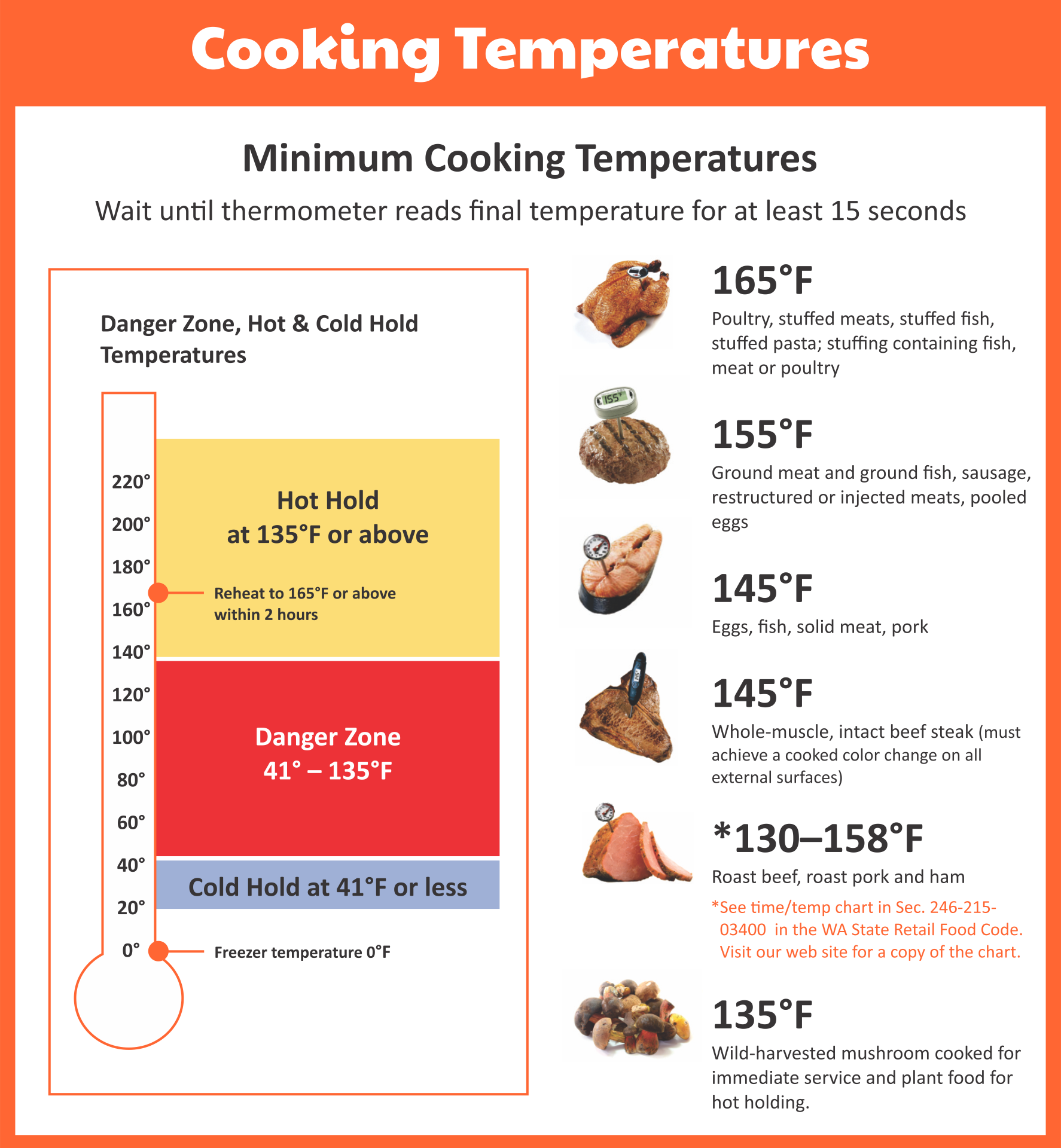
Food Storage Temperature
https://www.printablee.com/postpic/2015/06/cold-food-temperature-chart_418427.png

Resources Food Safety
https://uploads-ssl.webflow.com/5f151bd840b0cc33b7c8e6f0/5fbe6dc89a826f3c12b017c8_Food Holding Temperatures.png
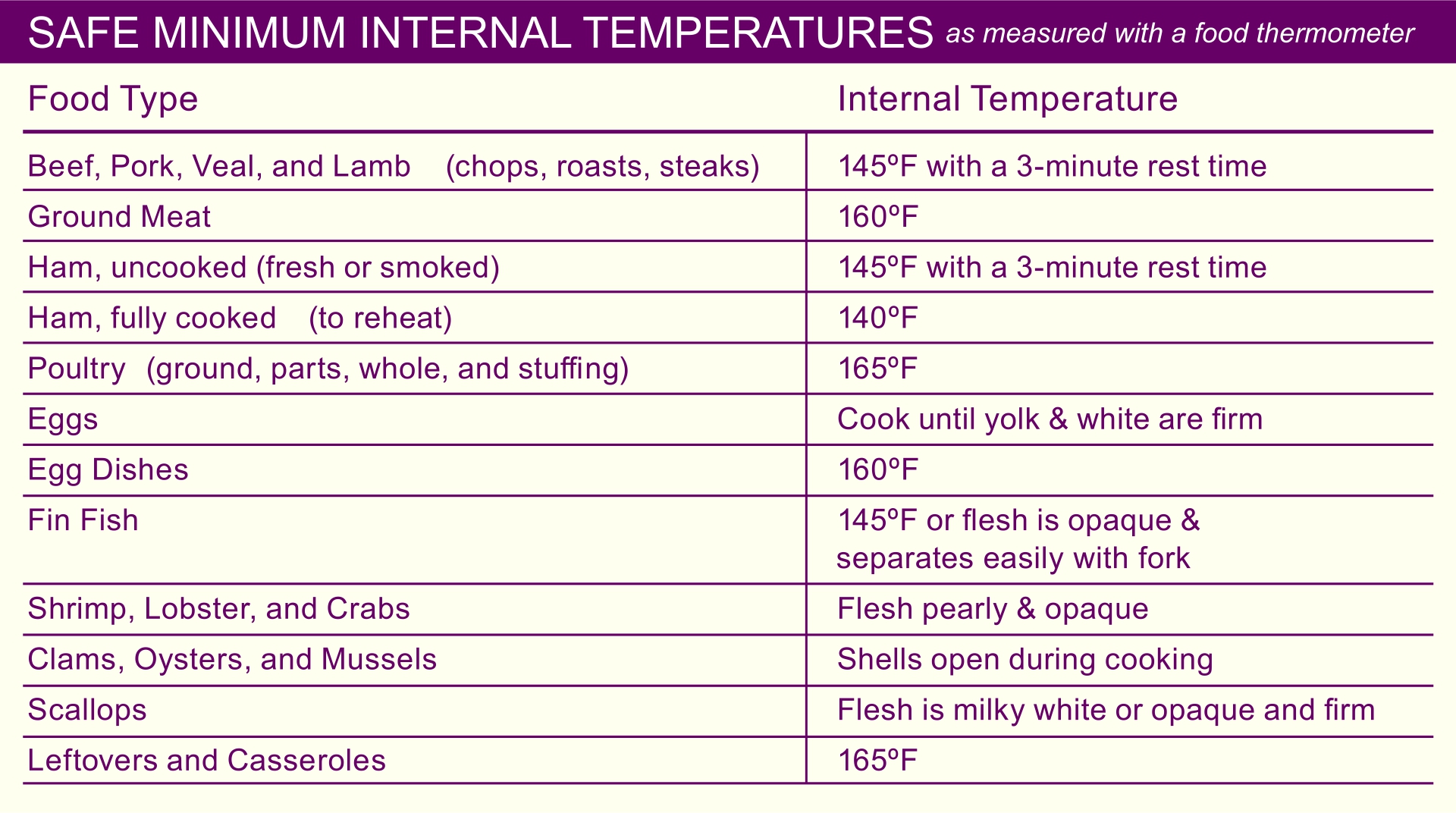
Sale Fda Meat Temps In Stock
https://www.printablee.com/postpic/2015/06/food-safe-cooking-temperature-chart_418433.jpg
The keys to basic food safety are cooking it to the right temperature and storing it properly Foods are properly cooked when they are heated for a long enough time and at a high enough temperature to kill the harmful bacteria that cause foodborne illness Generally potentially hazardous food must always be at 5 o C or colder or 60 o C or hotter to keep it safe You can only keep food at another temperature if you can show it stays safe at that temperature Use a thermometer to check the temperature of food to make sure it s at a safe temperature
Understanding the important role temperature plays in keeping food safe is critical If we know the temperature at which food has been handled we can then answer the question Is it safe Bacteria grow most rapidly in the range of temperatures between 40 and 140 F doubling in number in as little as 20 minutes Best practice is to keep your fridge below 5 C to make sure that food is kept cold enough You should check regularly that your fridge and any other display units are cold enough Looking to Learn More
More picture related to Food Storage Temperature
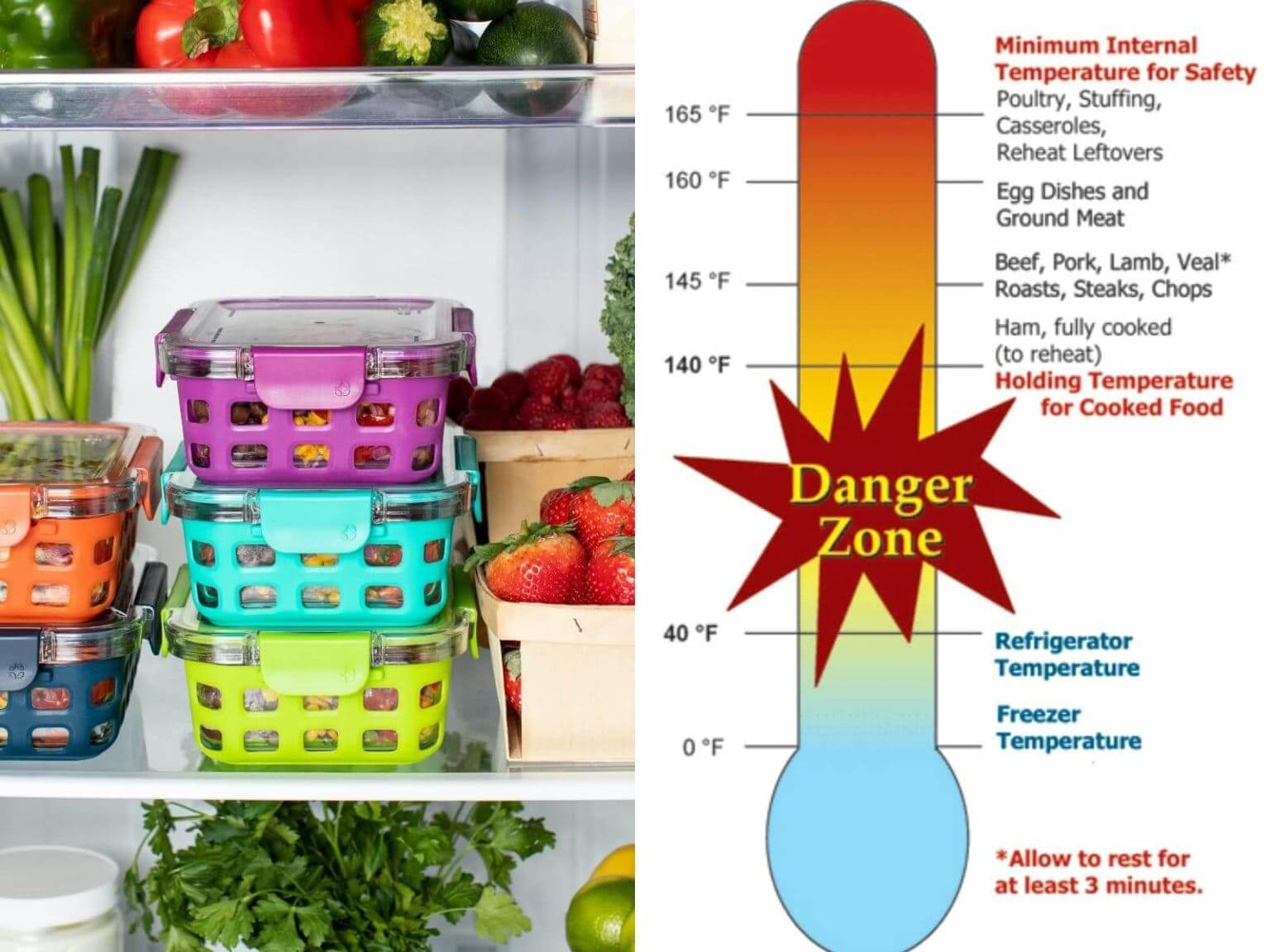
Temperature Monitoring For Food Service MOCREO
https://mocreo.com/wp-content/uploads/2023/06/proper-food-temperature-storage.jpg

Cooking Temperature Chart Servsafe Foodrecipestory
https://i.pinimg.com/originals/ce/58/66/ce58668cd2096668d580560d1ed3f8b2.jpg
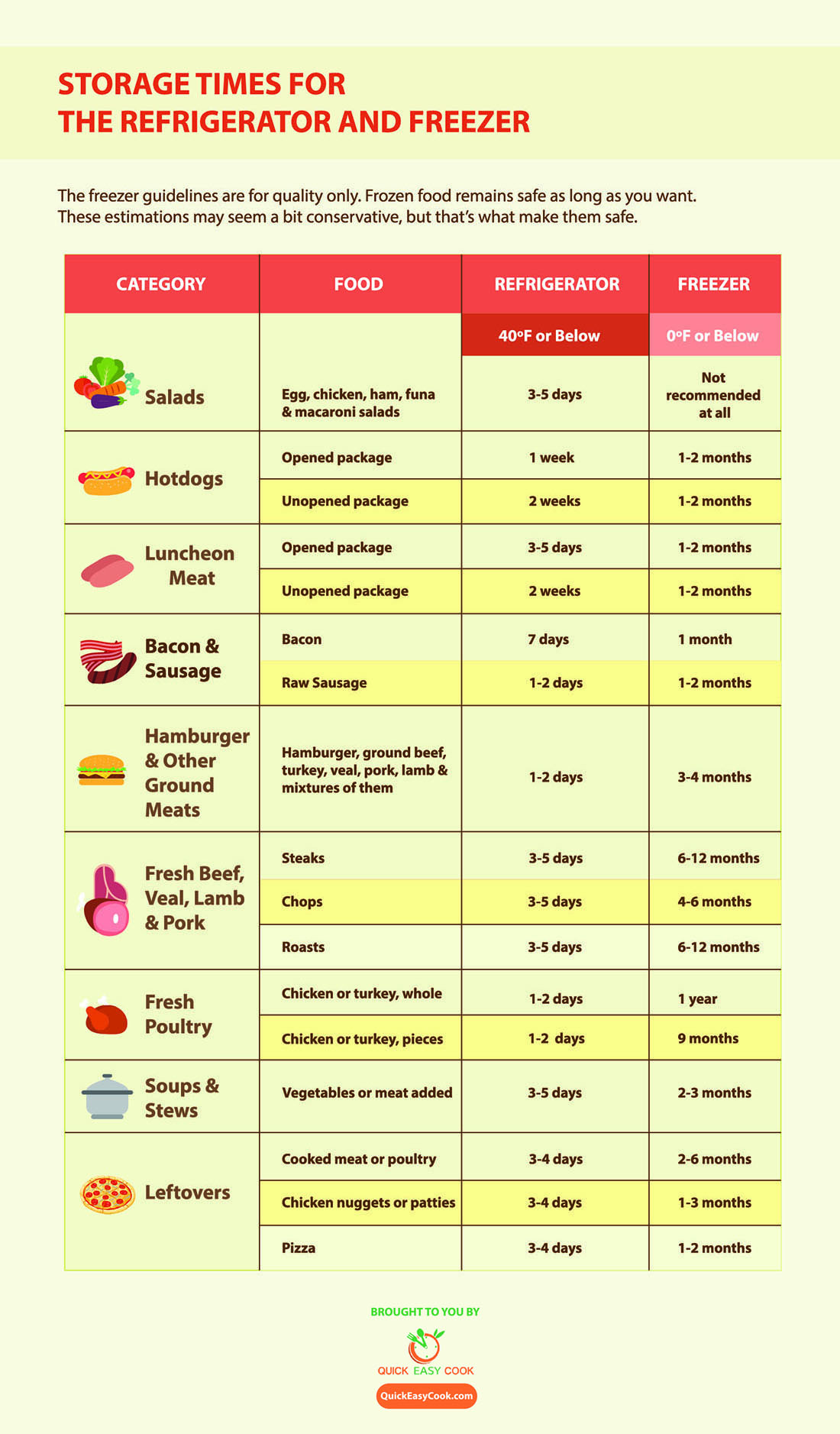
Refrigerator Cheat Sheet
https://www.quickeasycook.com/wp-content/uploads/2017/07/kitchen-cheat-sheets-storage-times-for-the-refrigerator-and-freezer.jpg
To find out the exact temperature of the fridge a non mercury thermometer can be purchased from department stores and supermarkets A mercury thermometer should not be used as it may break and contaminate the food If the fridge is not at the correct temperature the thermostat inside the fridge can be used to reduce or increase the temperature Refrigerators serve as an essential tool in our kitchens preserving perishable food items by slowing down the growth of bacteria and other pathogens The United States Department of Agriculture USDA recommends keeping your refrigerator at a temperature of 40 F 4 C or lower to prevent the growth of harmful microorganisms
The optimal temperature for storing food in a refrigerator is between 35 F and 38 F 1 6 C to 3 3 C This range helps slow down the growth of bacteria ensuring that your food remains fresh for a longer period It is essential to understand the proper temperatures for food storage to ensure food safety and prevent foodborne illnesses In this guide we will explore the recommended temperatures for refrigeration and storage of various food items Read on to learn how to keep your food fresh and safe
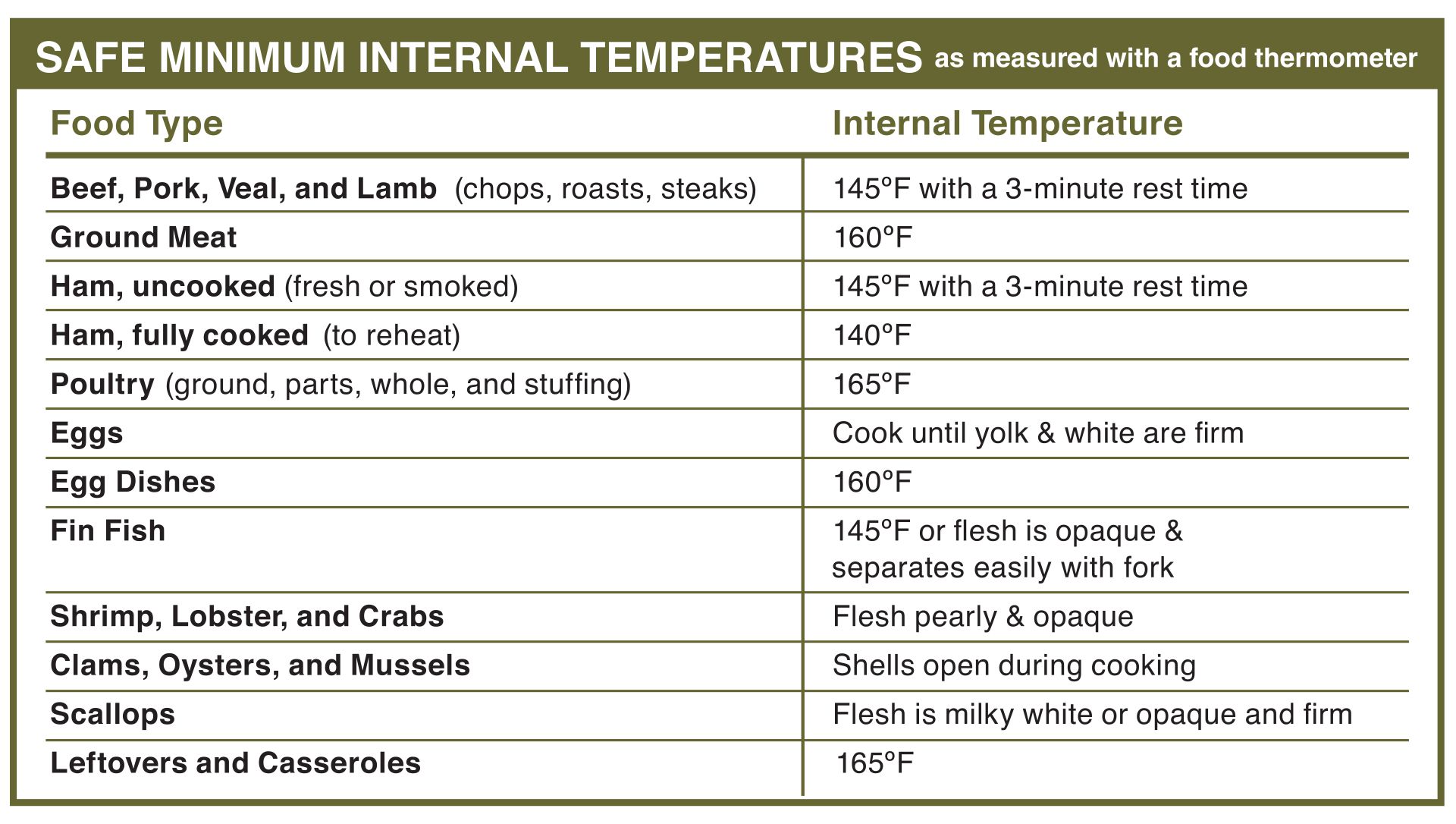
Printable Food Temperature Chart
http://www.printablee.com/postpic/2015/06/fda-meat-temperature-cooking-chart_418431.jpg

Food Storage Temperature Chart
https://i.pinimg.com/736x/34/5c/f6/345cf6b1d922eba5f5a1e1528ff2820d--freezer-storage-food-storage.jpg
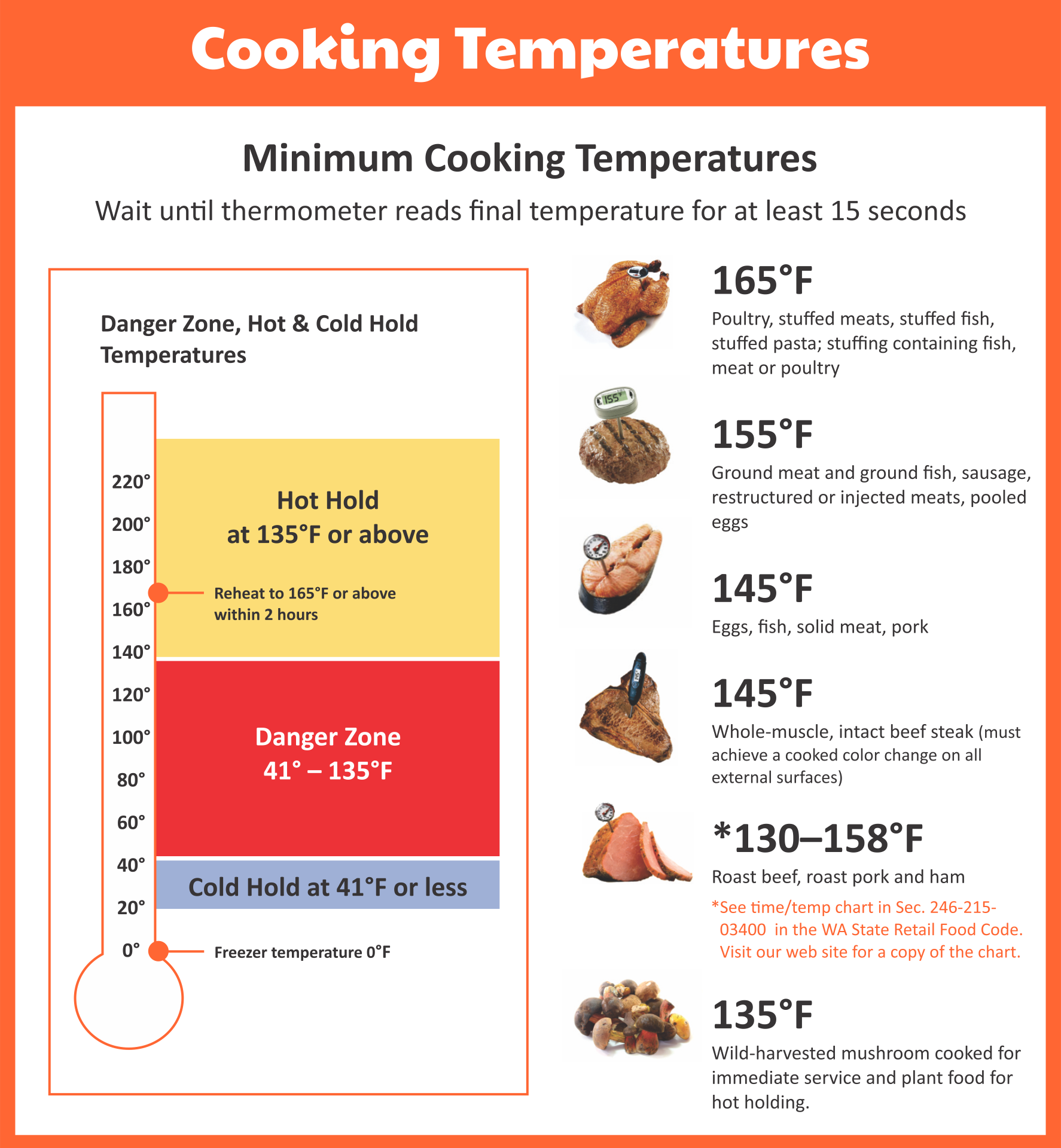
https://www.healthline.com › nutrition › temperature-danger-zone
Storing perishable foods at the right temperatures in your refrigerator and freezer can prevent the growth of bacteria Plus by cooking your food well you can kill the most harmful

https://www.fooddocs.com › post › food-safety-temperatures
Temperature controls are important because they help food safely pass through or keep food out of the danger zone altogether Sources globally recognize that the temperature danger zone for food is between 40 F to 140 F 4 C to 60 C
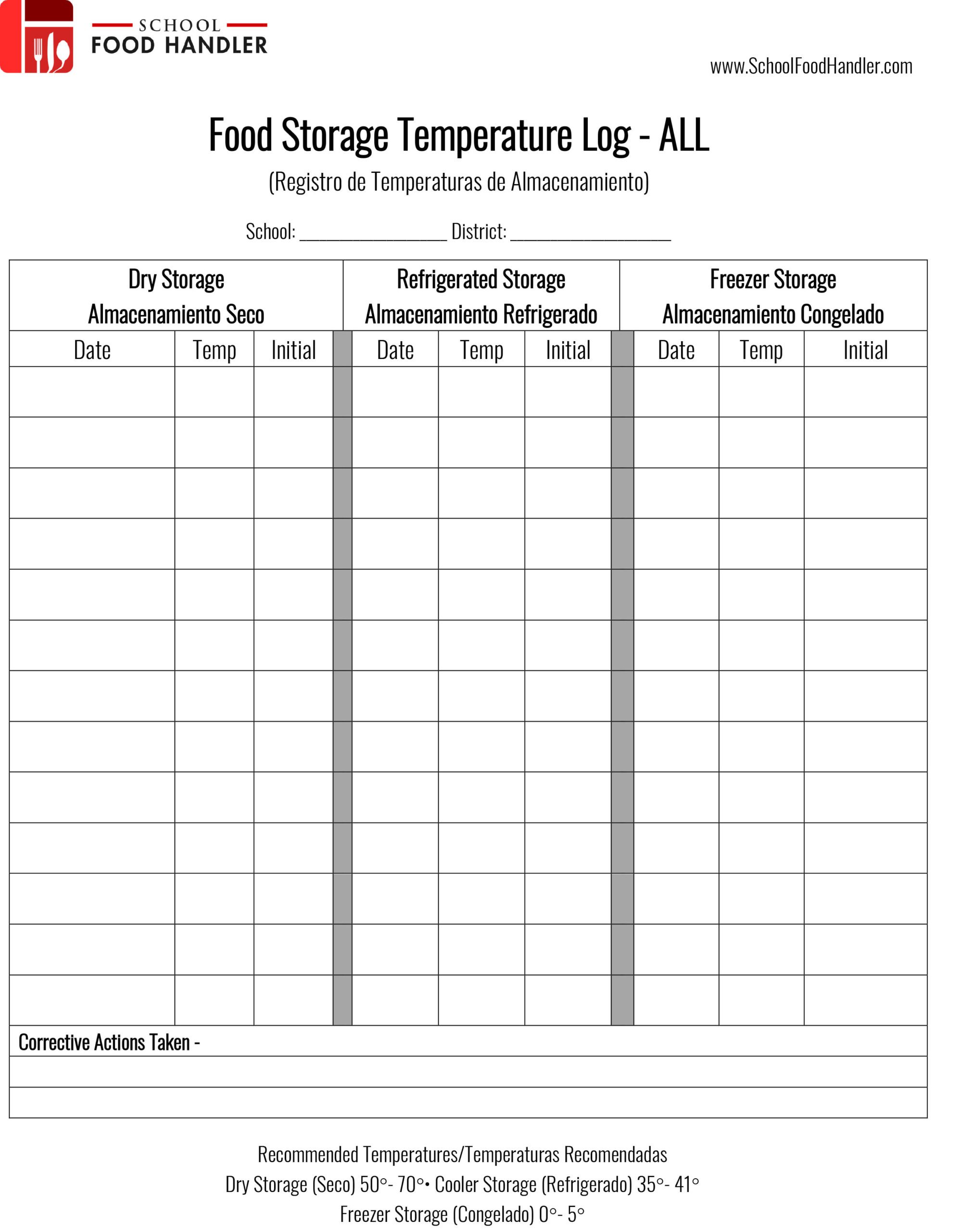
Logs School Food Handler

Printable Food Temperature Chart

Day 17 Food Storage Temperatures
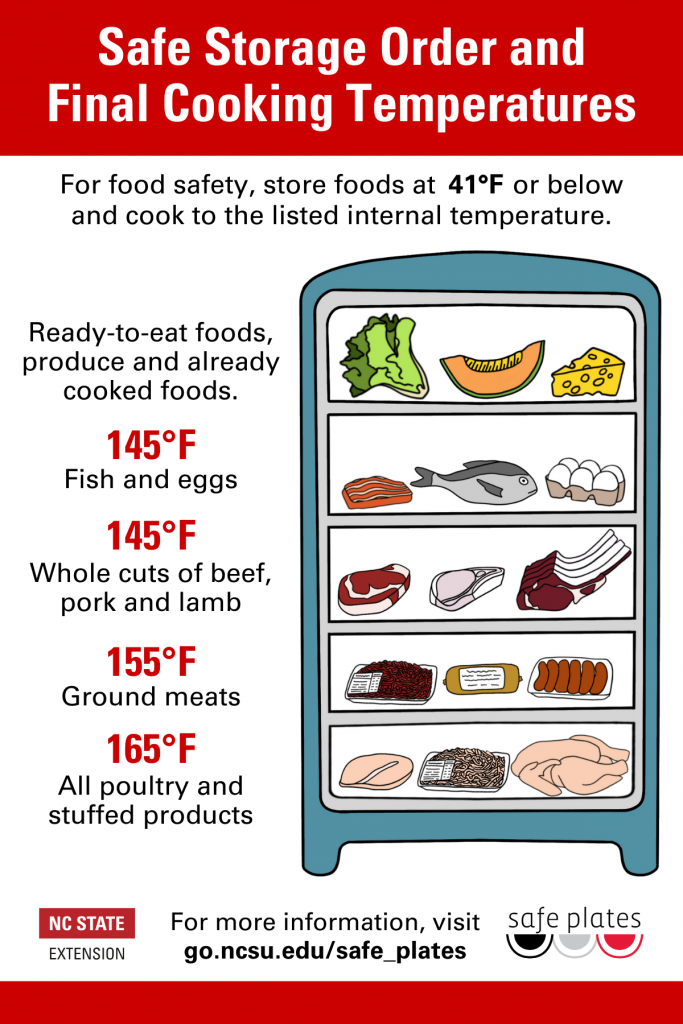
A Food Thermometer Is Key To Food Safety Eat Smart Move More
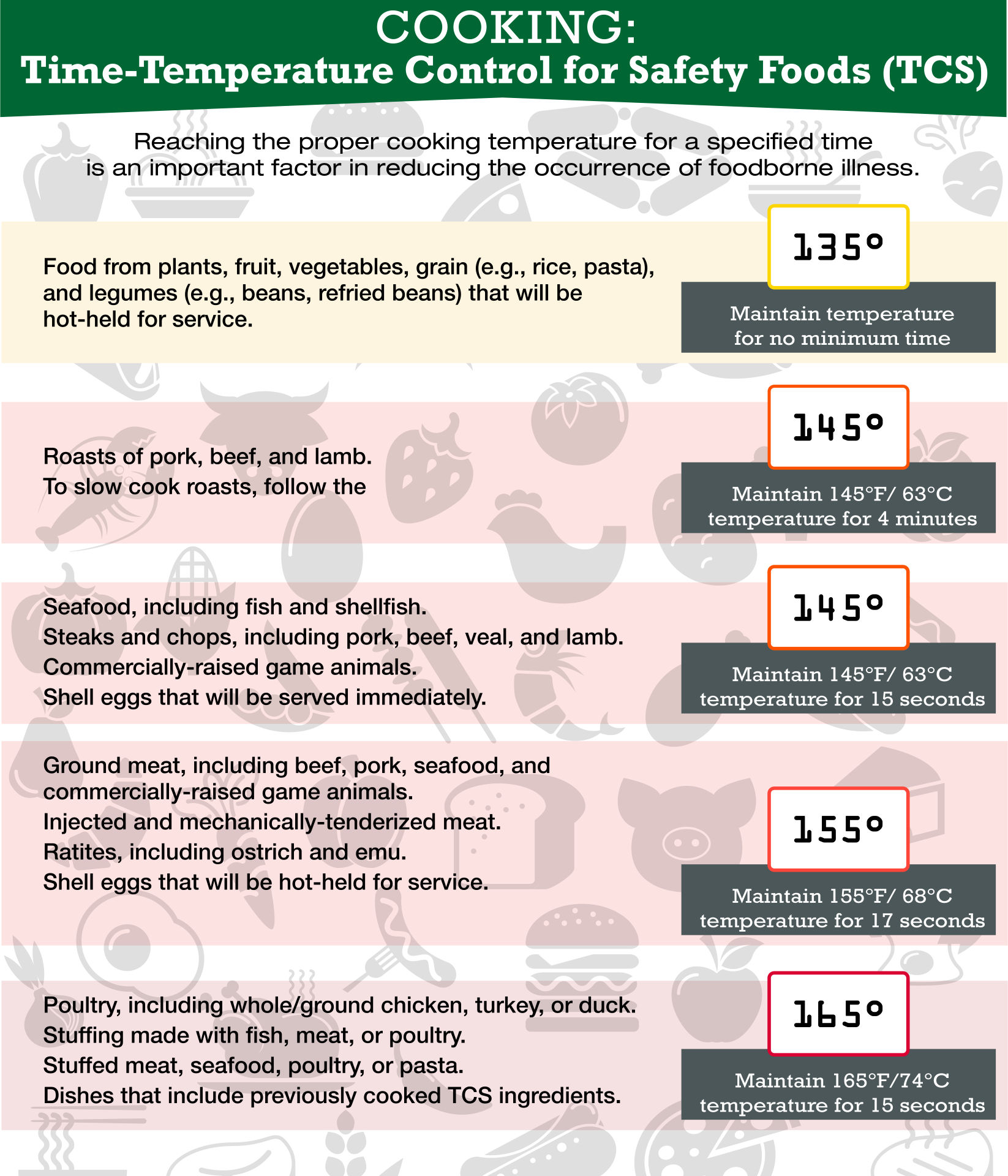
Safe Food Chart

Pin On Recipes To Cook

Pin On Recipes To Cook
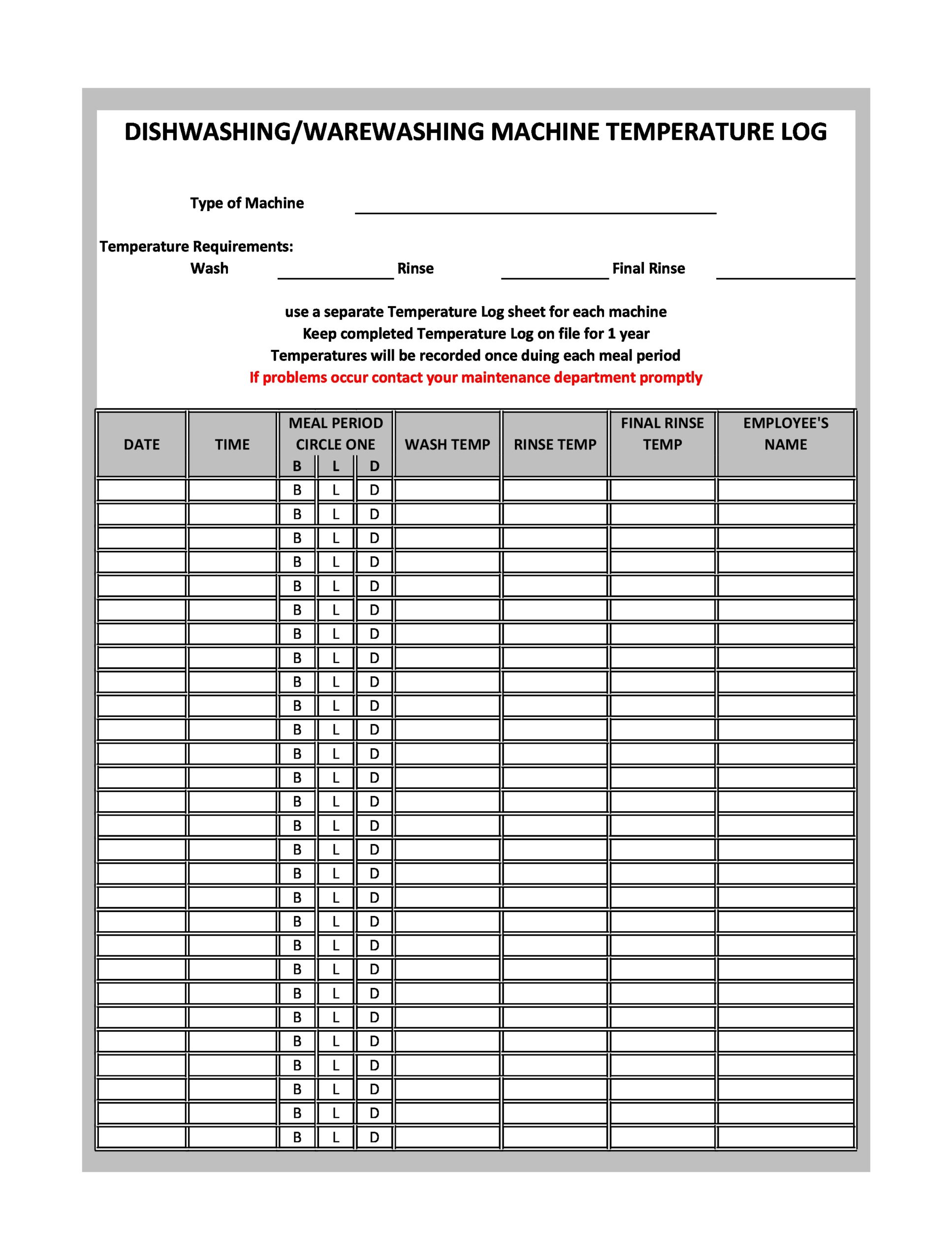
40 Printable Temperature Log Sheets Word Excel PDF

Food Storage Temperature Chart Pdf Fill Online Printable Fillable

Food Safe Cooking Temperature Chart Art Printable Images Gallery
Food Storage Temperature - The optimal temperature for refrigerated food storage is typically between 32 F and 40 F 0 C to 4 C Keeping your refrigerator at or below 40 F minimizes the growth of bacteria that can cause foodborne illnesses